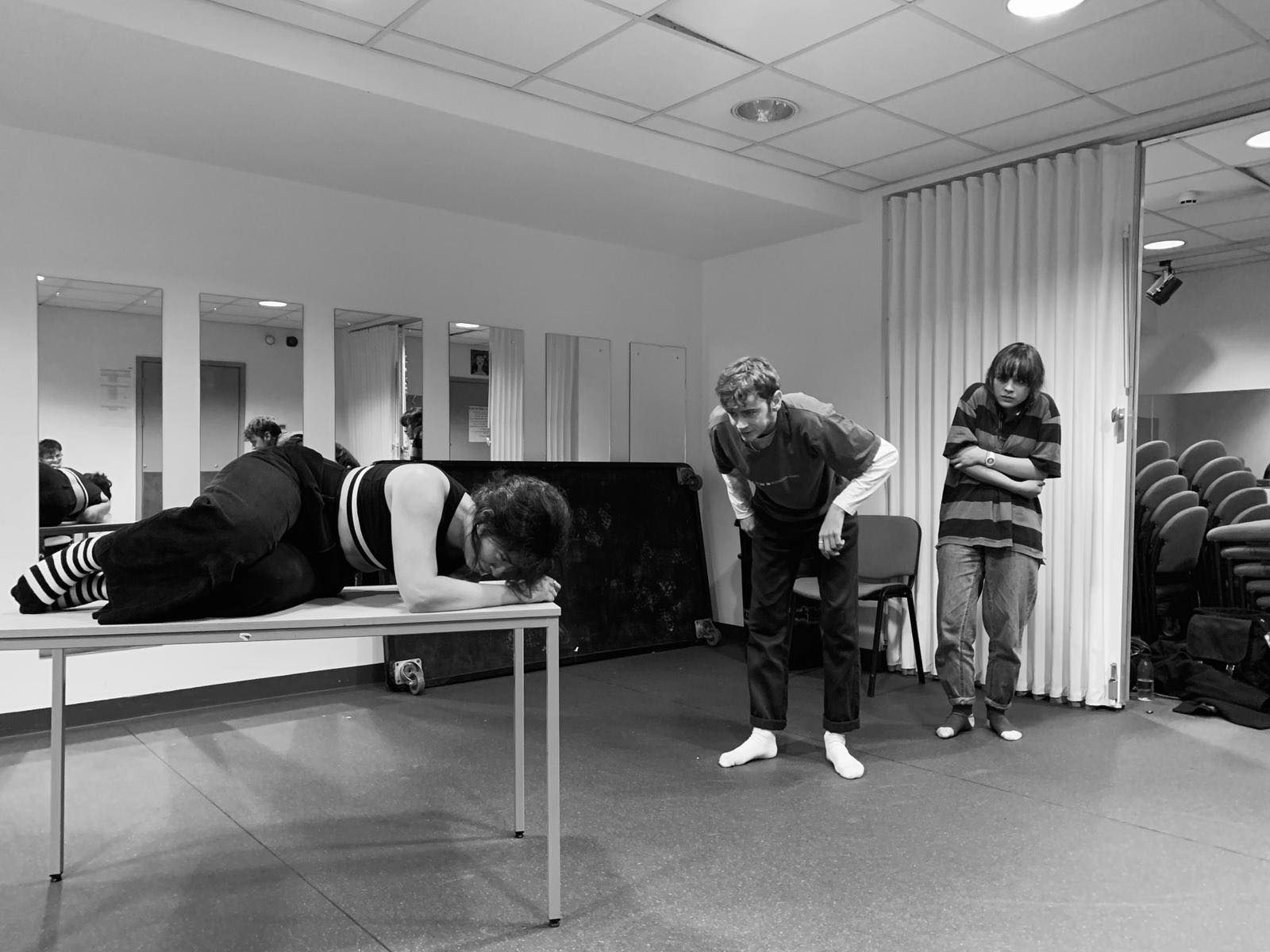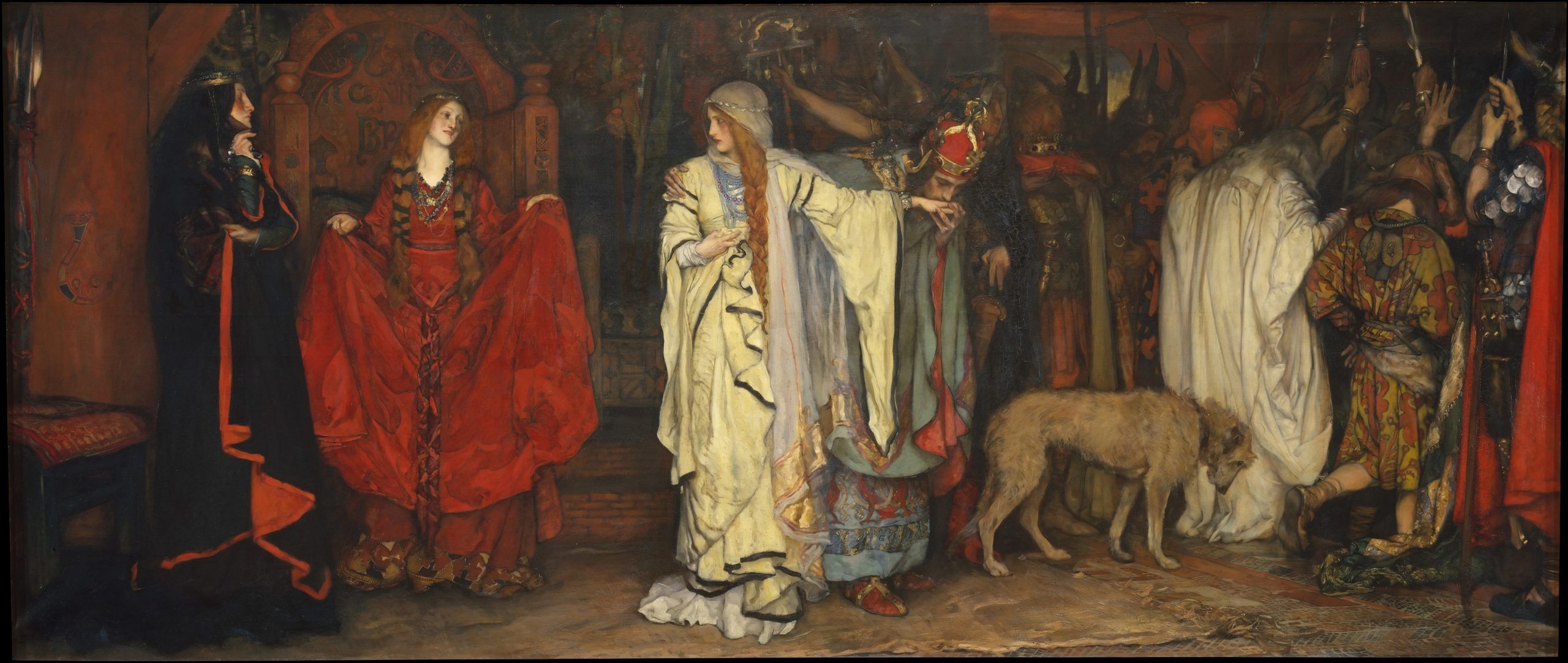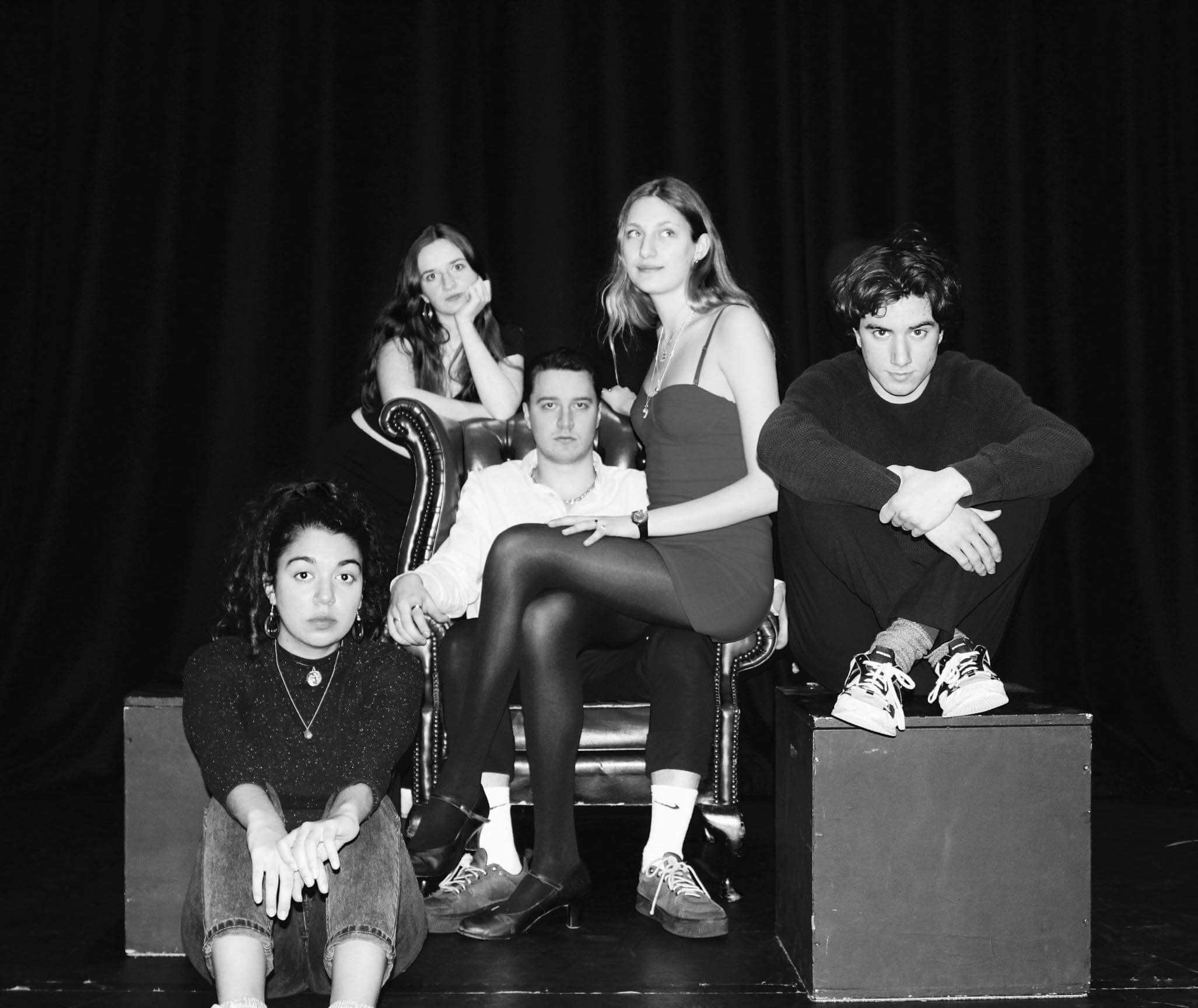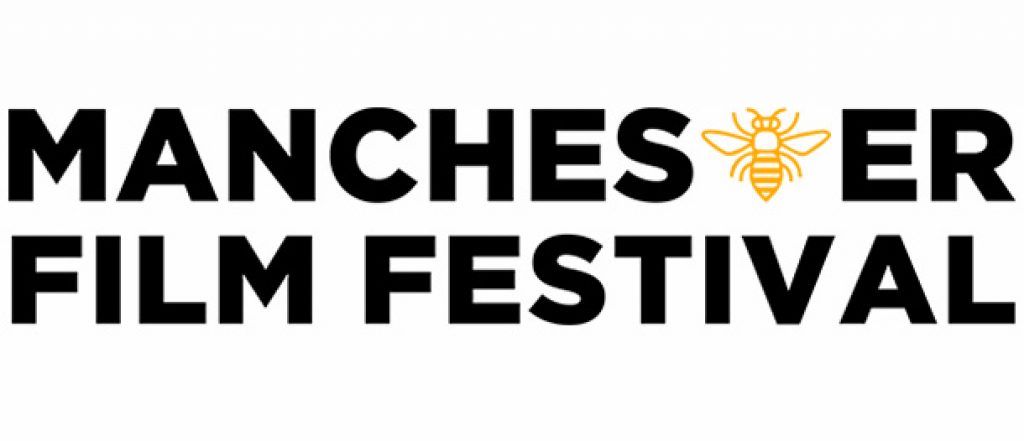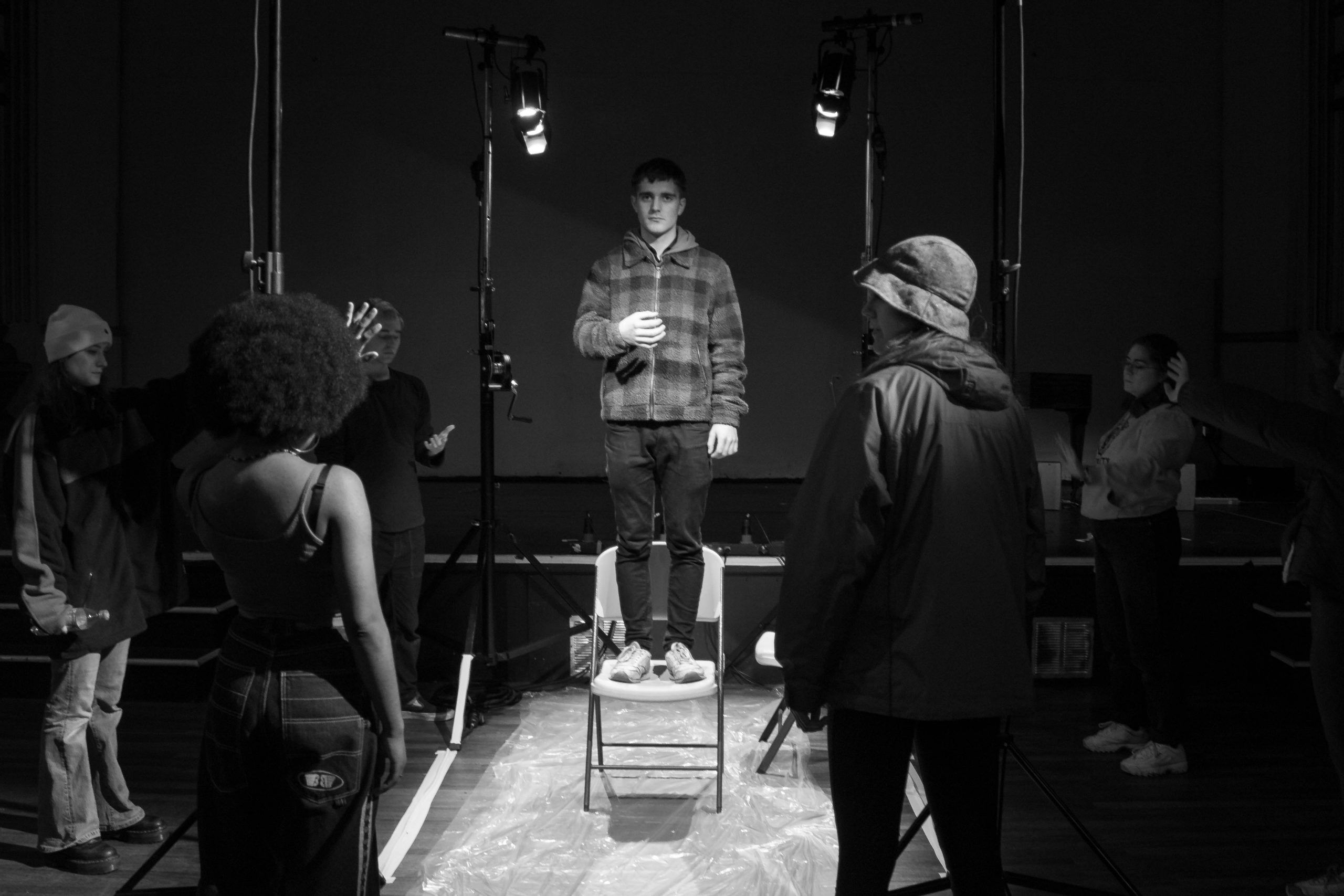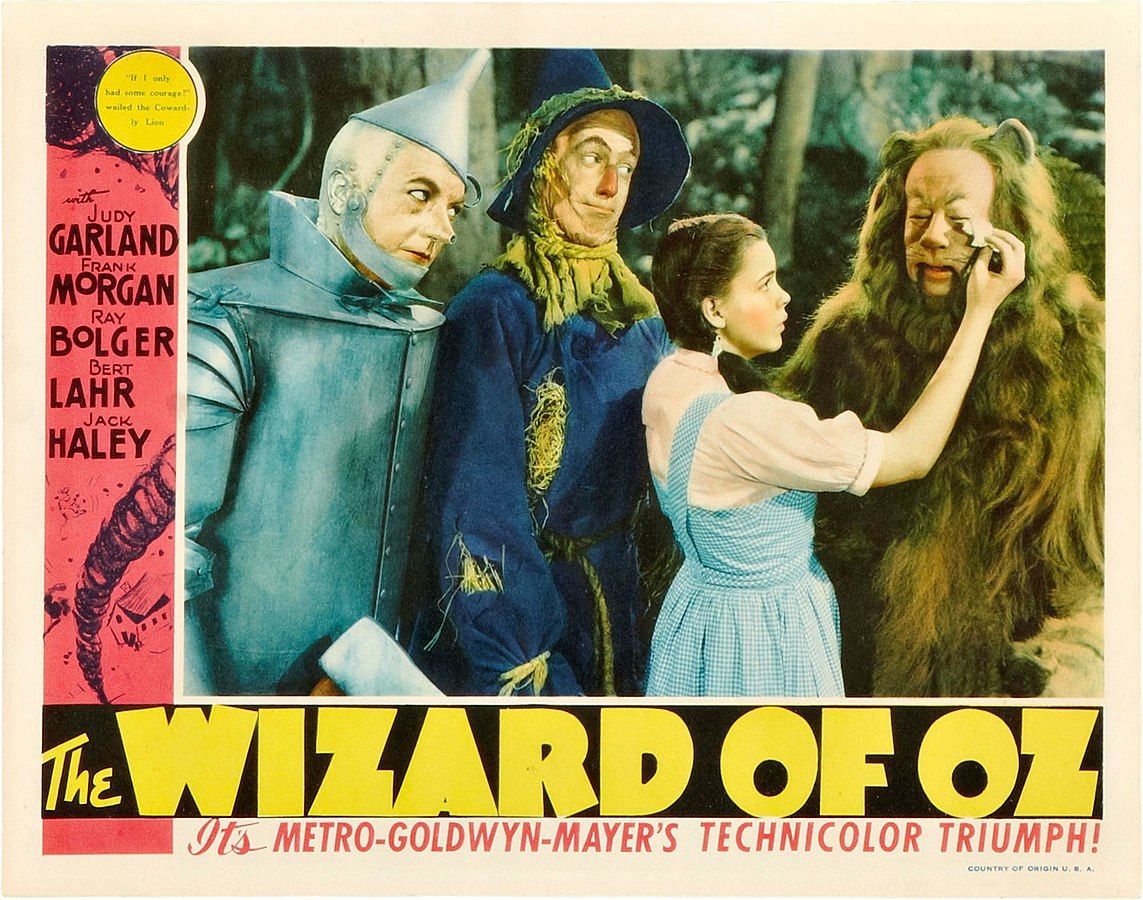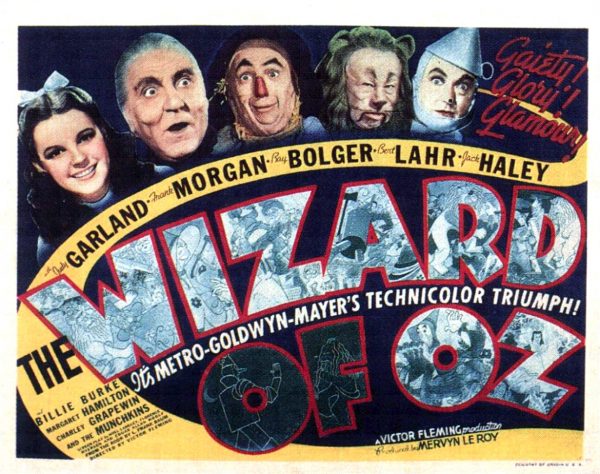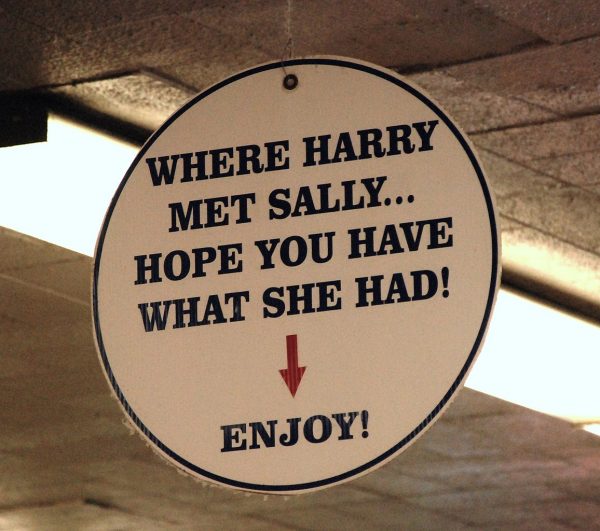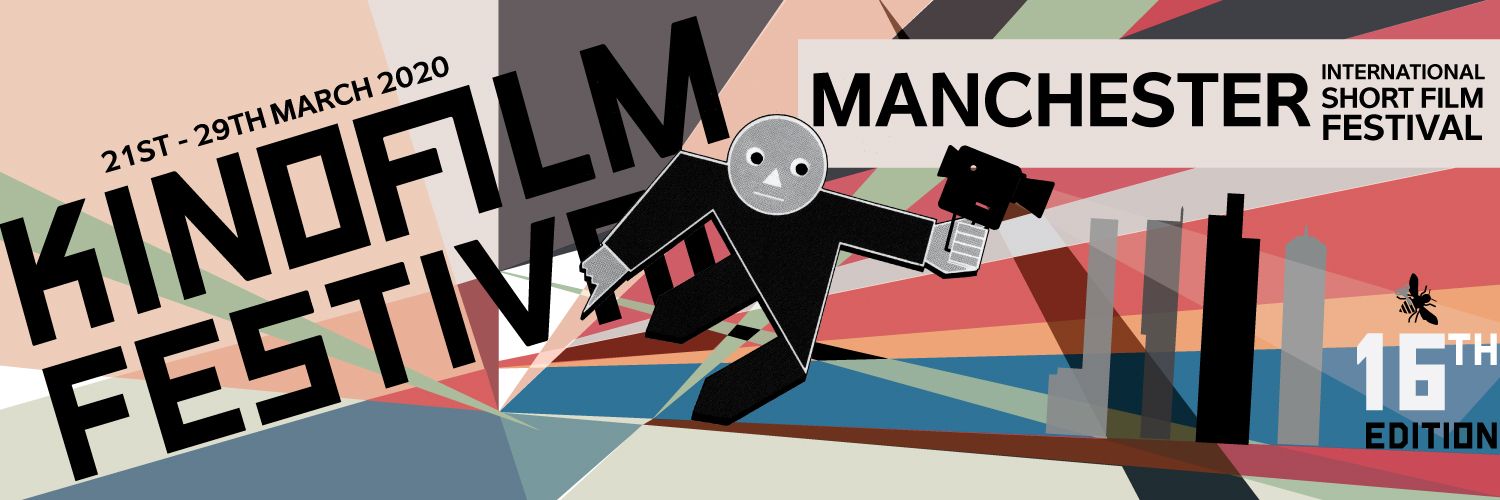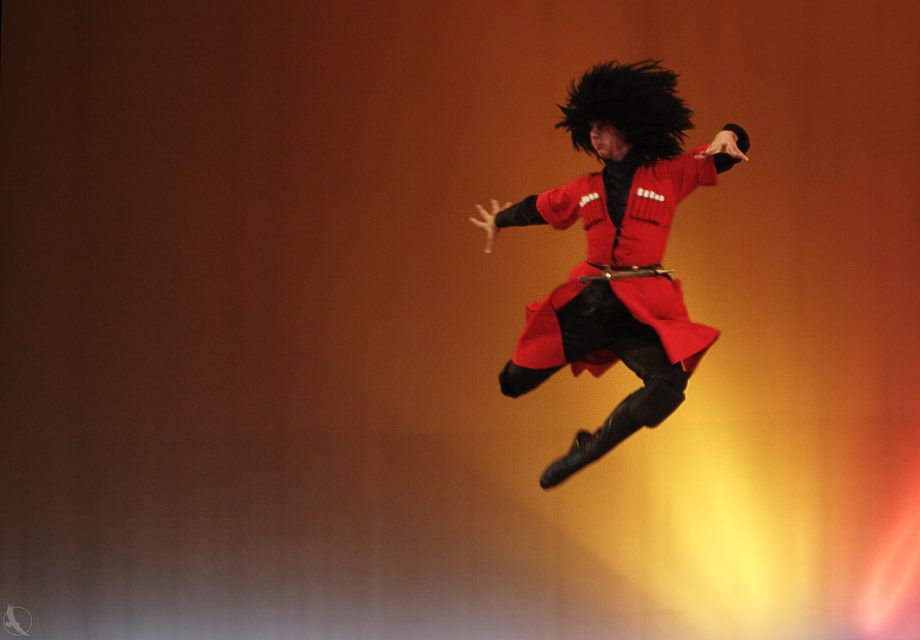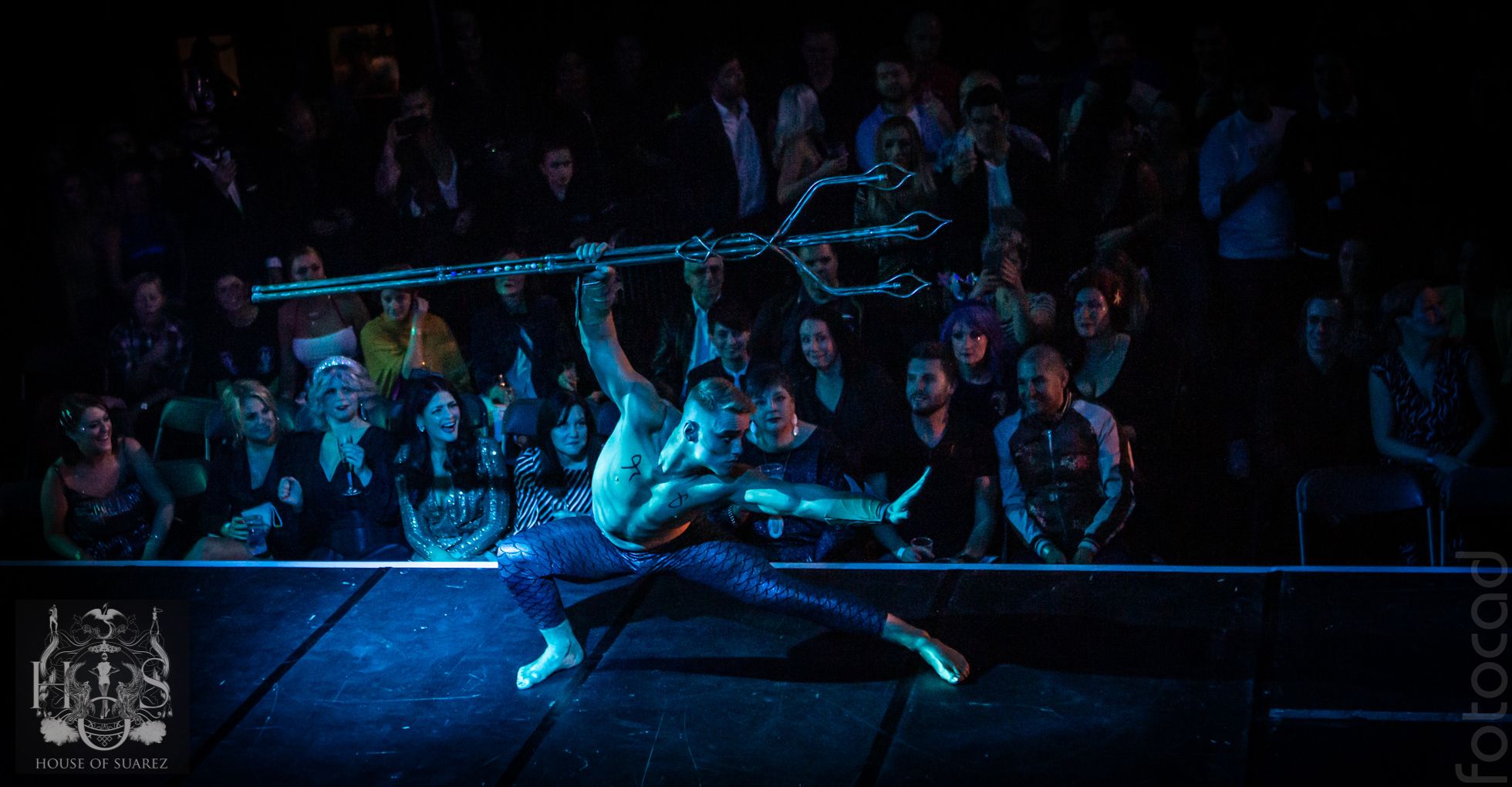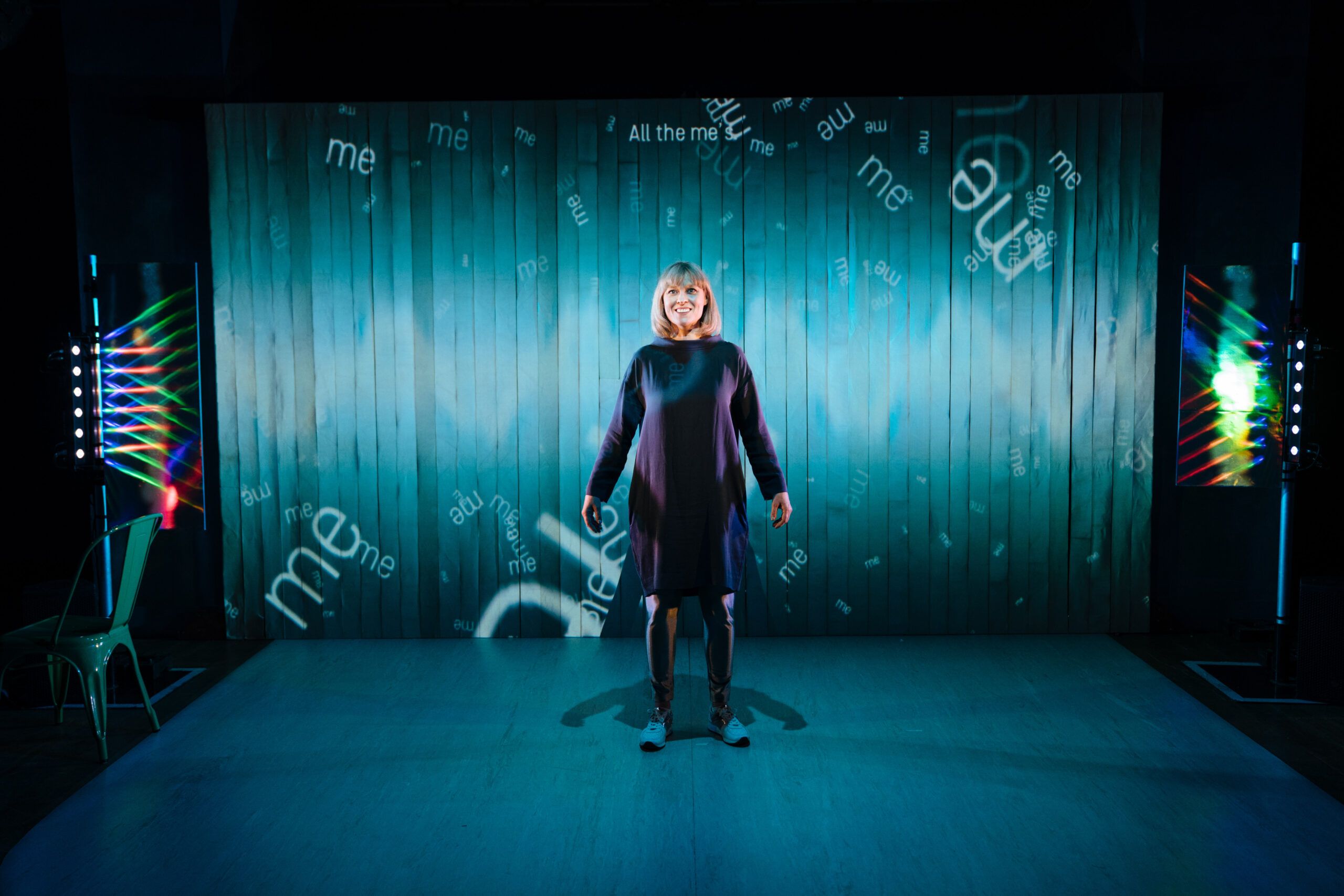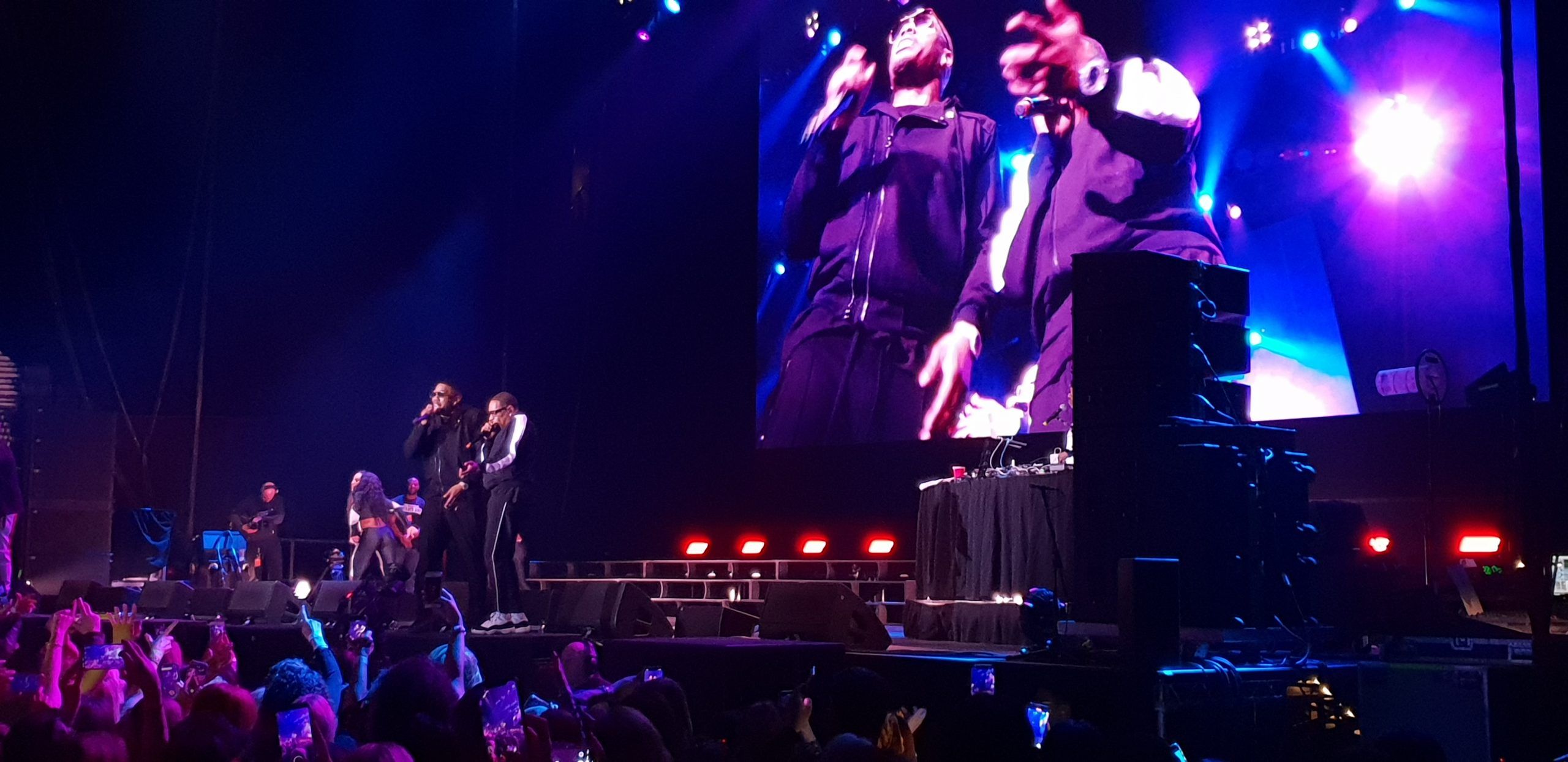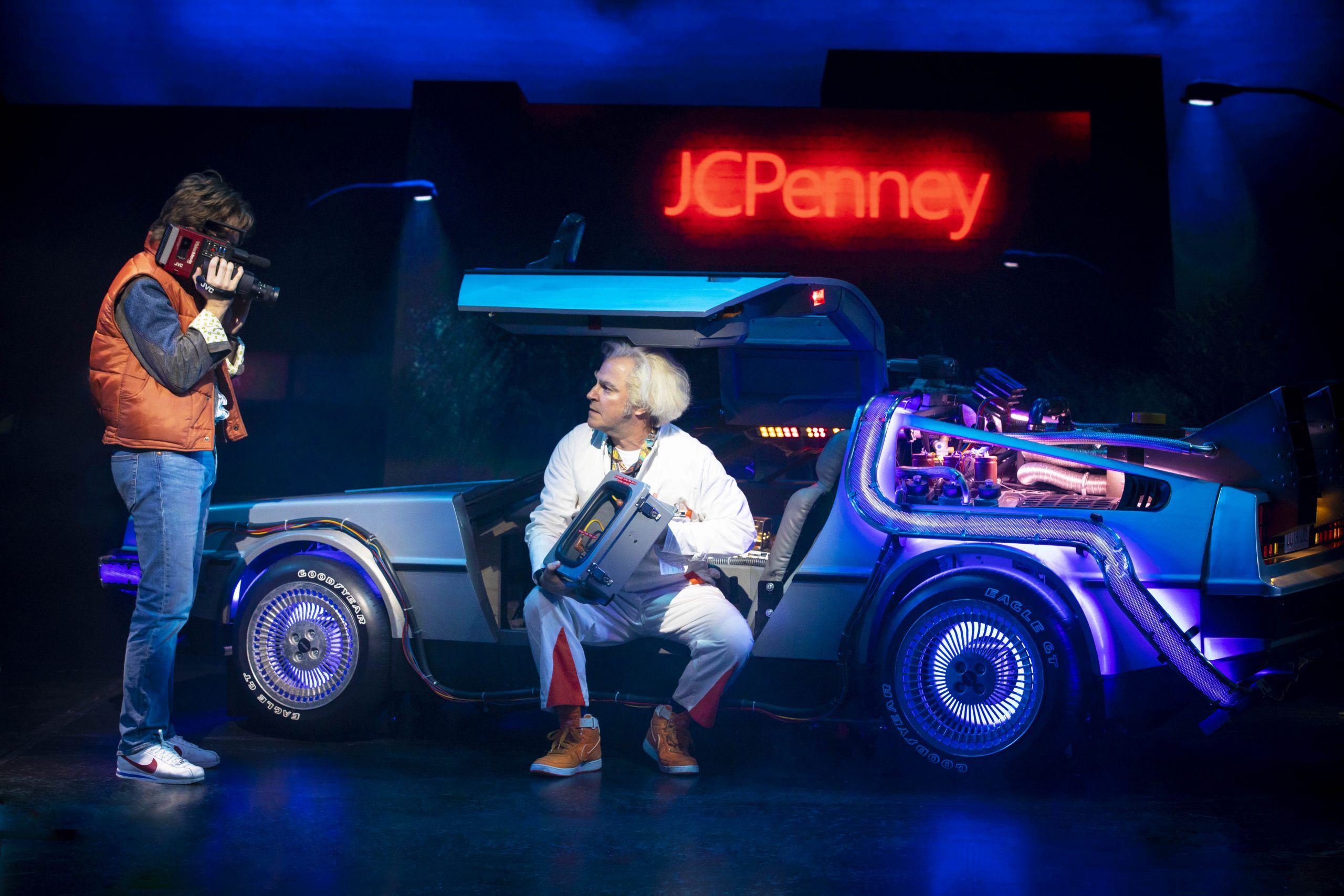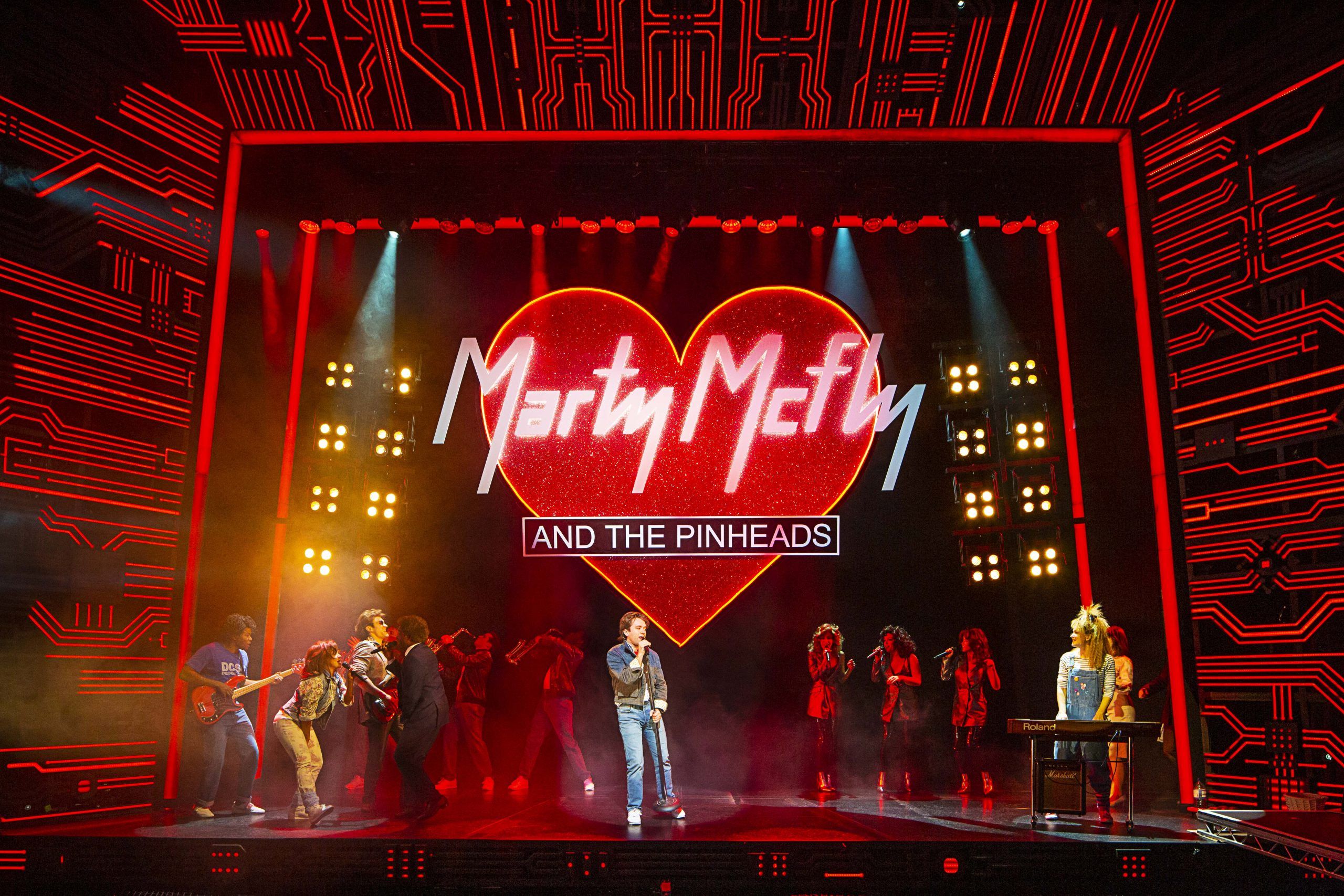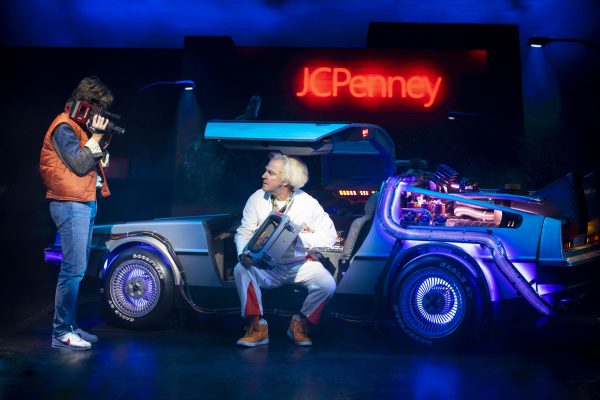Social distancing: how to get your sporting fix
Sports authorities, teams and athletes around the world have made the necessary decision to cancel almost every sporting event for the foreseeable future. What’s more, with around a quarter of the world’s population under lockdown, and with many more to follow, politicians have implored us all to stay at home to help curb the spread of Covid-19.
Whilst these decisions are unavoidable and are vital safety measures, they have left a gaping hole in the lives of all sports buffs, who now find themselves stranded at home and unable to savour their favourite stars’ boundaries, birdies and backhands.
Online Streaming
There is in fact plenty for sports-heads to do whilst maintaining social distancing measures. In a world ever-dominated by a range of streaming services and social media content creators, there are plenty of documentaries, TV series and podcasts to sink your teeth into. Amazon Prime, which offers a free six-month trial to students, could prove hugely fulfilling in the coming months.
For cricket fans The Test is a must-watch. The docu-series follows the revival of the Australian Cricket Team after the ball tampering scandal of 2018 involving key men David Warner and Steve Smith.
Take Us Home, charts the attempt of Leeds United to reach the promised land of the Premier League. It’s a great way for football-lovers to pass the time, especially if you’re not fond of the Whites. Netflix offers a similar insight into the inner workings of Sunderland AFC, in the series Sunderland ‘Til I Die. The first season focuses on their adjustment to life outside of the top flight, whilst the second season, which is set to drop on the 1st of April, contains a thrilling promotion charge for the Mackems.
Netflix subscribers may also binge for hours on behind the scenes Formula 1, American Football, Cycling and Basketball content. Those without the aforementioned memberships may instead turn to the rabbit hole that is YouTube, with hours upon hours of highlights, interviews and opinion available on channels such as iFL TV, BBC Sport and Premier League.
Podcasts
Away from the world of video entertainment, there is a plethora of audio content to help sports fans fill the long hours at home. A personal favourite in my household is That Peter Crouch Podcast. Hosted by England’s favourite lanky centre-forward, Crouchy and his co-hosts take a sideways look at all things football.
Other acclaimed podcasts include: Sky Sports Cricket Podcast, Match of the Day Top 10 and Rugby Union Weekly, although a quick search on iTunes or Youtube will uncover hundreds of gems for you to sit back with a brew and lose yourself in.
Social Media
Now the tea bags are sorted I’ve got time to level out this lawn… wonder if I can borrow Anfield’s Keep off the Grass sign 🤔#onebladeatatime #productiveday#snipsnip ✂️ pic.twitter.com/ap510x6mIf
— James Milner (@JamesMilner) March 17, 2020
With sports stars experiencing a prolonged holiday, many are now able to pursue their true passion: posting hilarious tweets, photos and videos. Now is as good a time as ever then, to log on to your social media accounts and interact with your favourite athletes. Some of the best stars to follow on Twitter include All Blacks all-rounder Jimmy Neesham, Liverpool midfielder James Milner and MMA trainer John Kavanagh, whilst club accounts such as AS Roma are also providers of much mirth.
Video-gaming
Whilst many of us have been told by our parents, siblings and teachers for years that our desire to game is unproductive, now it is finally socially acceptable and even socially responsible to stay in and spend time on a video game. This also offers a way to keep in touch with your friends. Nothing says friendship quite like knowing you made your mate 50 miles a way throw their controller at the wall after another comprehensive loss on FIFA.
For those with a competitive streak, many organisations are setting up tournaments, and this includes our very own UoM Campus Football League who are setting up a competition on both the Xbox and Playstation to fill the chasm left by our empty Wednesday afternoons.
Exercise
The final and arguably most crucial pass time in the upcoming stretch is to keep yourself fit and healthy with one session of exercise a day. If this is to be a run or a walk, then it is advised to keep it local and maintain a two-metre distance from anyone else. This is not the only option though; working out at home is actually far more realistic than many are led to believe.
One of the best ways to get your daily dose of strength training or cardio is by joining in with a Joe Wicks Youtube video. The Epsom-born fitness instructor offers exercise routines for a range of different levels of fitness, age groups and muscle groups and so there is something for everyone on the Youtube channel of the nation’s newest P.E. teacher.
Whilst the current situation is hugely stressful, and the sweet relief of sports which offers a tonic to the everyday struggles of so many is not as apparent at this time, there is still plenty of opportunities to keep fit and combat the boredom with an array of sporting content whilst following governmental guidelines. Let’s all hope that before long normal service will be resumed.

